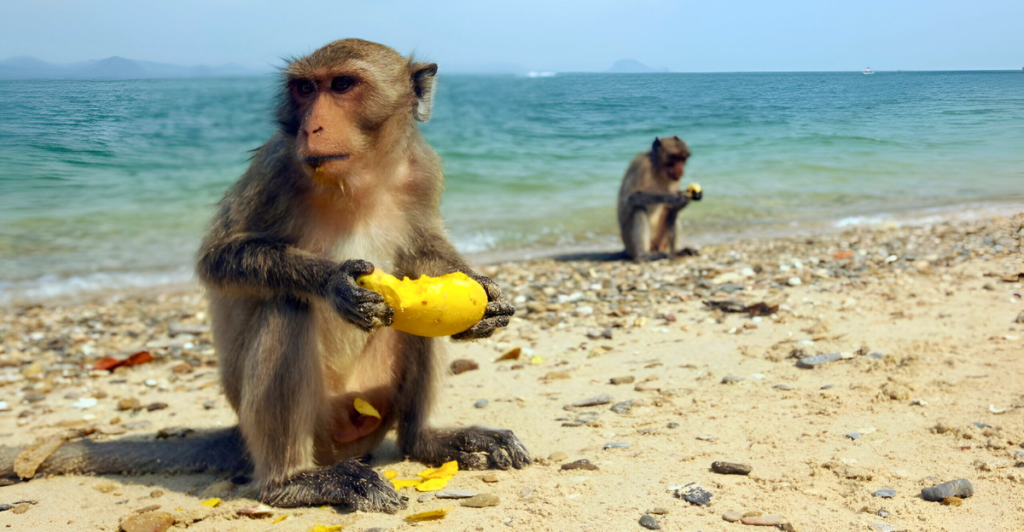
Thirty million years ago, a daring group of monkeys set sail on an incredible journey—not by choice, but by chance. Fossil evidence suggests that these tiny primates from Africa managed to cross the Atlantic Ocean to South America, drifting on natural rafts of vegetation. It sounds impossible, but scientists have uncovered proof that this extraordinary voyage really happened. How did they survive such a treacherous trip? And what does this discovery reveal about ancient primate evolution?
The Improbable Journey: A Transatlantic Migration
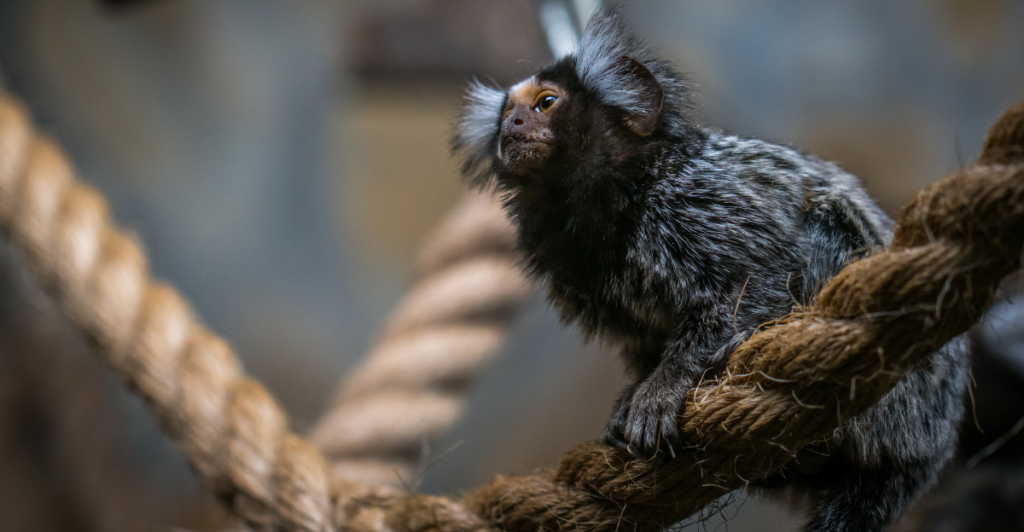
The transatlantic monkey migration represents one of the most astonishing feats in evolutionary history. Fossil evidence reveals that an extinct marmoset-sized primate, Ucayalipithecus perdita, crossed roughly 2,300 km (1,400 miles) of open ocean from Africa to South America around 30 million years ago. The journey was made possible by a combination of geological and climatic factors: the Atlantic Ocean was narrower than today, and ocean currents favored westward movement.
At first, scientists dismissed the idea as implausible, but nearly identical fossilized teeth found in both Africa and South America forced a re-evaluation. This journey, though seemingly impossible, laid the foundation for New World monkeys, ultimately leading to species like capuchins and howler monkeys. It also redefined how we understand species migration, showing that life can spread in the most unexpected ways.
The Fossil Evidence: A Missing Link Between Continents
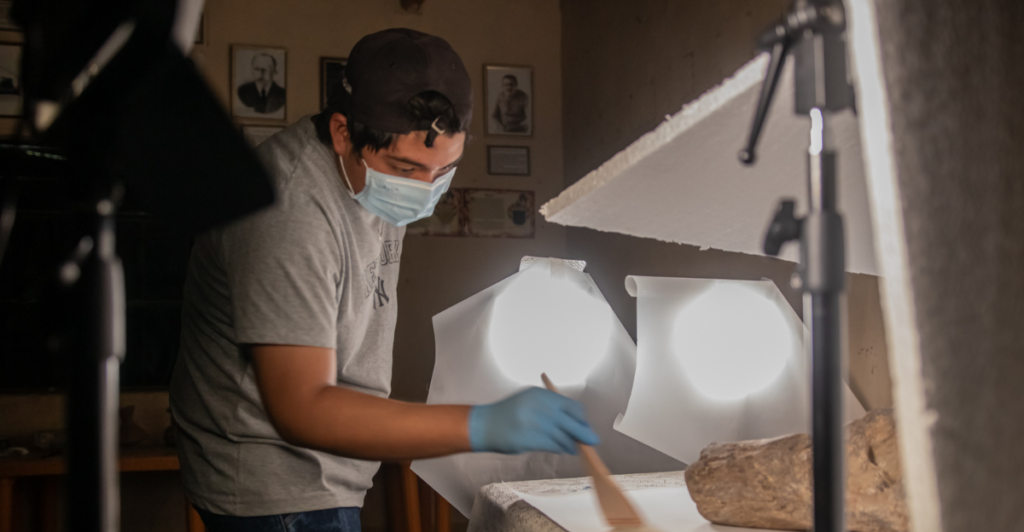
In 2023, researchers studying fossils from the Ucayali region of Peru identified a direct link to African primates. The discovery of Ucayalipithecus perdita was groundbreaking—the tiny primate’s teeth exhibited the same distinctive cusp patterns as those of fossil primates from Egypt’s Oligocene epoch, proving an evolutionary connection. This 34-million-year-old evidence coincides with a period of intensified ocean currents, suggesting that the transatlantic crossing took as little as 15 days.
Crucially, no land bridges existed at the time, meaning these primates must have crossed the ocean by floating on mats of vegetation. This find revolutionized paleobiogeography, proving that mammals, even primates, could traverse vast marine barriers. It also opened new questions: Were these monkeys the only animals to raft across? Could there have been multiple waves of migration?
The Accidental Rafts: How Monkeys Became Sailors
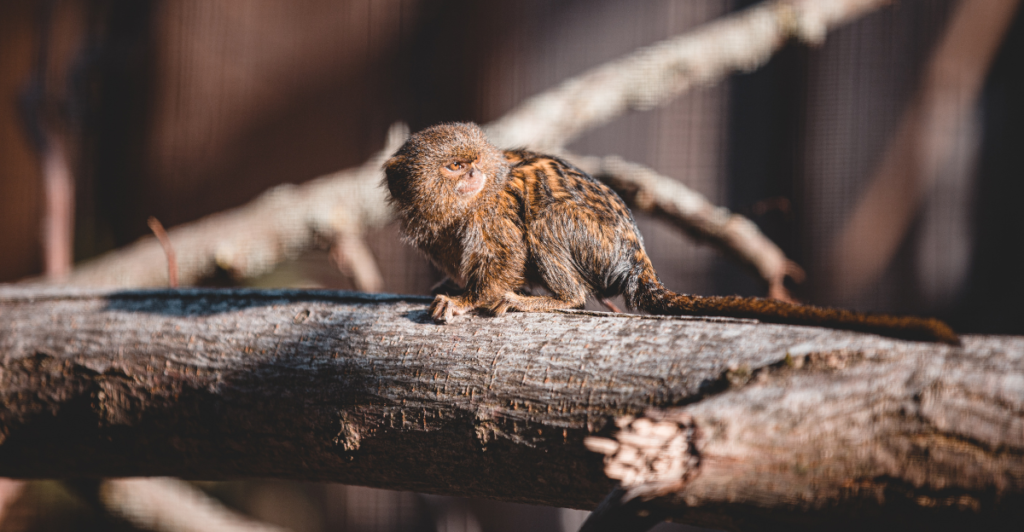
The only way for Ucayalipithecus to cross the Atlantic was on floating “islands” of uprooted trees and vegetation. Massive storms and flooding in African river systems likely tore chunks of land free, creating rafts that carried entire ecosystems. These mats of vegetation, sometimes spanning 20 meters (65 feet) or more, could remain afloat for weeks.
Scientists believe the primates survived by eating insects, fruit, and even moisture from the plants around them. Computational models support this idea, showing that trade winds and ocean currents could have carried such rafts directly from Africa to South America. Unlike larger animals, these tiny monkeys required relatively little food and water, making their survival more likely. Their small size was an evolutionary advantage—bigger mammals, such as elephants or big cats, could never have made the journey.
Beating the Odds: How Monkeys Survived the Voyage
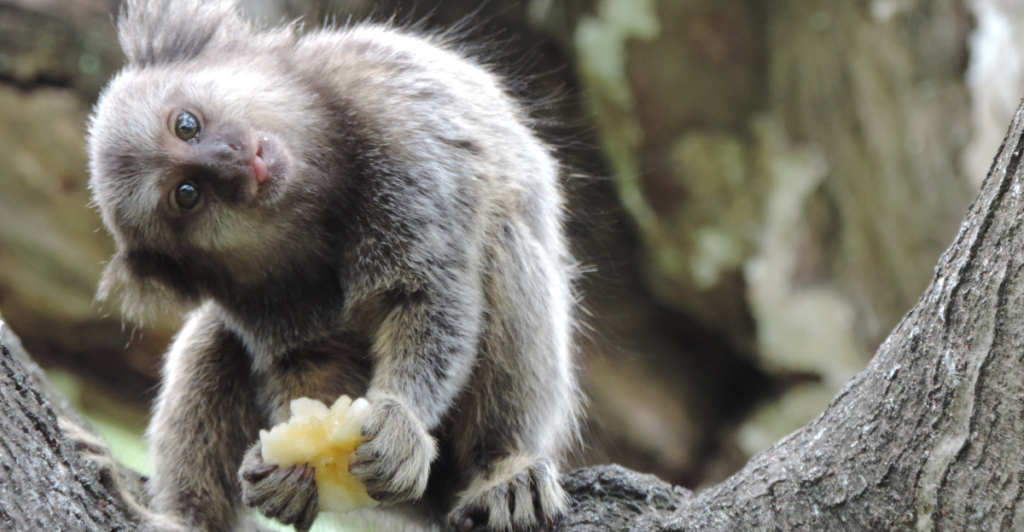
The odds of monkeys surviving a 1,400-mile ocean crossing seem astronomically low, yet probability models suggest that over millions of years, even rare events become inevitable. A single pregnant female could establish an entire population, much like invasive species do today. Evidence from dental isotopes suggests that Ucayalipithecus had a flexible diet, consuming fruits, seeds, and insects, which would have helped it endure food shortages on the raft.
Their small social groups may have played a role in survival, with individuals keeping each other warm and reducing stress. This mirrors survival patterns seen in modern animals—Caribbean iguanas have successfully colonized new islands on hurricane-driven rafts. The story of Ucayalipithecus is not one of luck alone, but of resilience, biological adaptability, and the power of deep time to turn low-probability events into reality.
How Monkeys Took Over South America
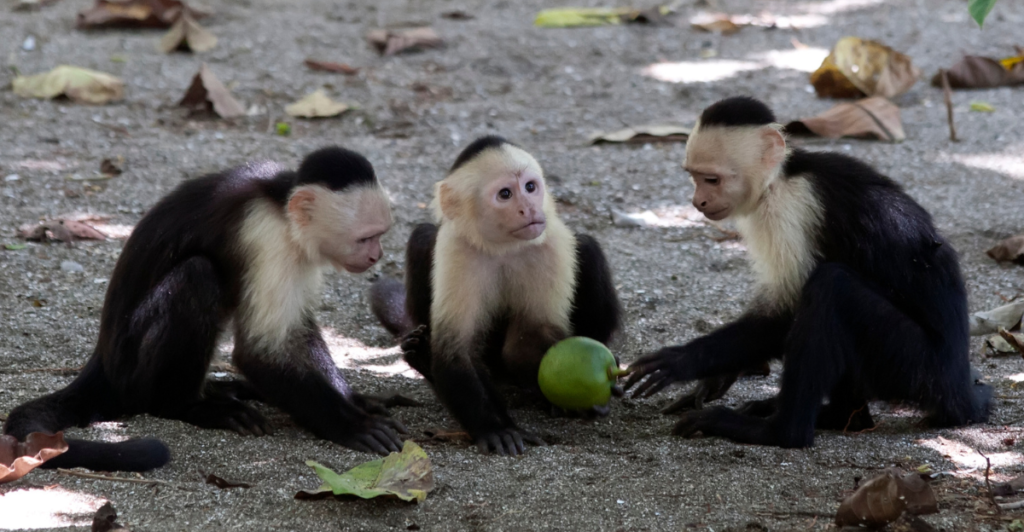
Once they arrived, these primates thrived. Within five million years, the descendants of Ucayalipithecus diversified into a wide range of species, eventually giving rise to the capuchins, howler monkeys, and other New World primates seen today. Their arrival disrupted South America’s existing ecosystem, displacing some native marsupials that had previously dominated the continent.
Genetic studies reveal a startling fact: all South American monkeys likely descended from fewer than ten individuals, highlighting the impact of a single, successful migration. This rapid expansion was possible because of South America’s vast, unoccupied rainforest habitats, which provided ample food and shelter. In contrast, lemurs, which rafted to Madagascar, remained relatively unchanged over millions of years due to more limited ecological opportunities.
Skeptics and Alternative Theories

Not everyone is convinced by the rafting hypothesis. Some scientists have proposed that the monkeys may have used a chain of now-submerged islands as stepping stones, but no geological evidence supports this idea. Others argue that primates may have crossed earlier, but fossil records don’t back up that timeline. A few researchers suggest that suspended animation, similar to hibernation, could have helped the monkeys survive the journey, though no known primate exhibits this ability.
Interestingly, creationists have even co-opted the rafting theory to support a post-Flood migration model, despite overwhelming geological evidence that Earth’s history spans millions of years. The scientific process thrives on debate, but as new fossils and oceanographic models continue to align with the rafting theory, the evidence overwhelmingly supports this once-unbelievable migration.
What This Means for Modern Conservation
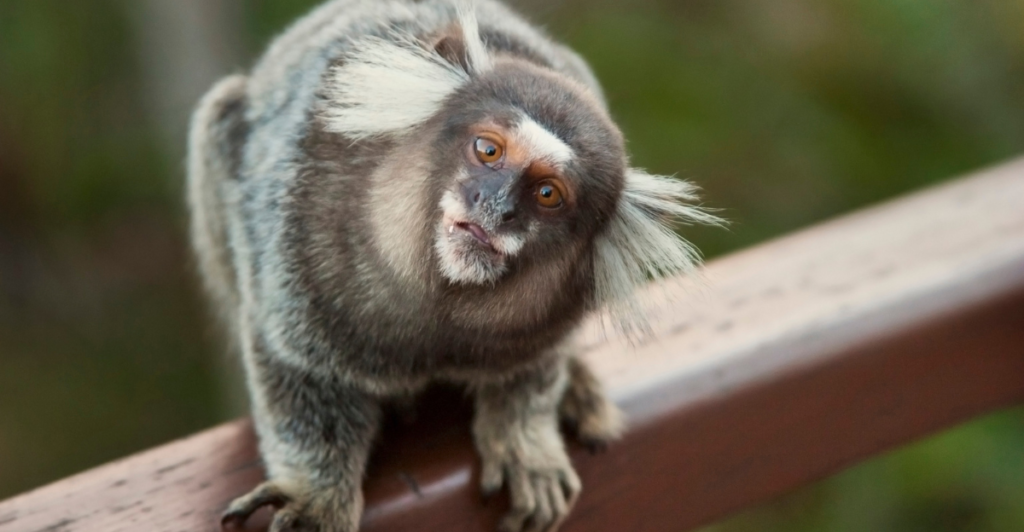
Surprisingly, the rafting migration of Ucayalipithecus has modern parallels. In 1995, Hurricane Luis carried green iguanas across 320 km (200 miles) of ocean to Anguilla, demonstrating that natural rafting still occurs today. Climate change could accelerate similar dispersal events, as rising sea levels increase the frequency of floating vegetation mats. However, human-assisted migration—intentionally relocating species to new habitats—has largely failed, with 78% of artificial introductions ending in extinction due to genetic bottlenecks.
The success of Ucayalipithecus reminds scientists that while species can adapt to new environments, the conditions must be just right. Studying these ancient migrations can provide insights into how animals might respond to environmental changes in the future.
Monkeys as Ecosystem Engineers
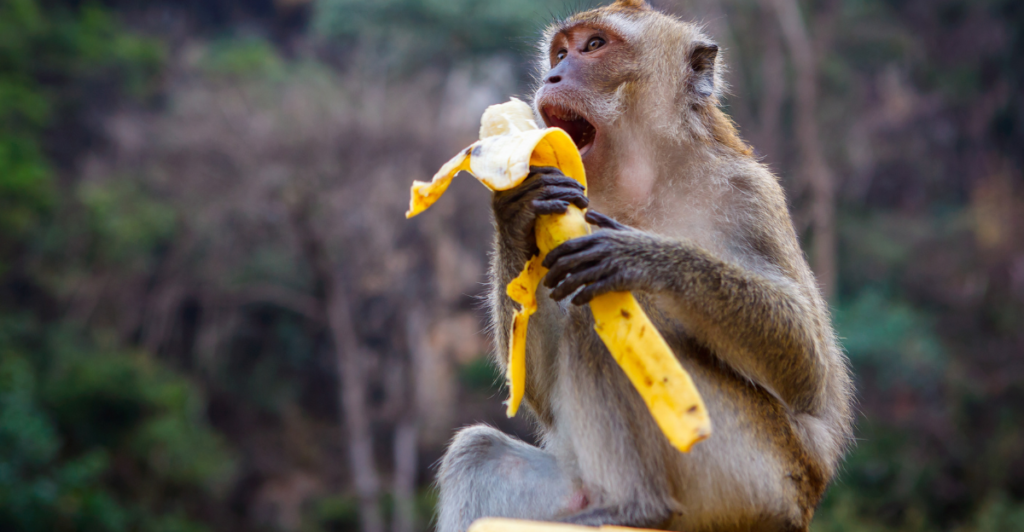
The introduction of monkeys to South America significantly impacted both the animal kingdom and broader ecosystems. By eating fruits and dispersing seeds, these primates have been instrumental in the processes of forest regeneration, resulting in increased plant diversity and density. Notably, fossil evidence indicates that the arrival of monkeys may have driven certain insect species to evolve new anti-predator adaptations, reflecting a more extensive ecological influence.
This phenomenon, referred to as “niche construction,” challenges the conventional perception of evolution as a passive process. Rather than merely adapting to their new environment, monkeys actively transformed it. Analyzing this interaction between species and their environments provides valuable insights for contemporary ecologists, particularly in predicting how climate-induced migrations could reshape current ecosystems.
Ongoing Mysteries and Future Research

Scientists are actively investigating the complex history of Ucayalipithecus, probing whether its dispersal involved multiple rafting events or if it was a singular occurrence. Genetic data suggests potential hybridization with unknown primate lineages, indicating that additional ancient migrations may have occurred. To further understand this process, researchers are currently testing the durability of bamboo mats that are tracked via GPS, while oceanographers work on refining models of prehistoric ocean currents. There are even hypotheses that volcanic pumice rafts, capable of holding freshwater, could have supported the monkeys’ survival during their journey.
Additionally, AI-driven simulations are being employed to establish the minimum viable population necessary for a successful colonization event. Each new finding contributes to the ongoing exploration, highlighting that the pursuit of scientific knowledge is a continually evolving endeavor.
The Takeaway: When the Impossible Becomes Inevitable
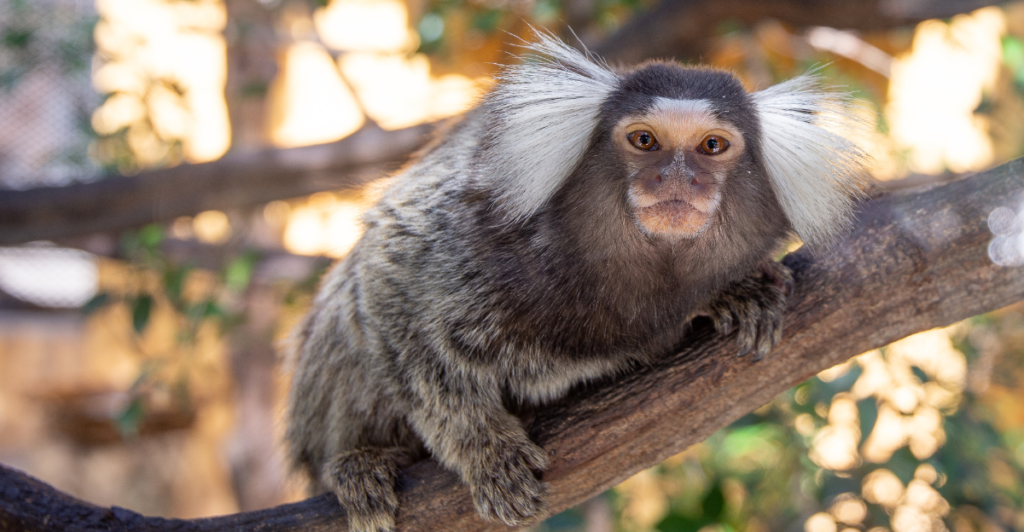
The story of monkeys crossing the ocean on rafts may seem implausible, but history is full of improbable events that, given enough time, become inevitable. This discovery reshaped our understanding of evolution, proving that even the most unlikely migrations can leave a lasting impact. It also highlights a fundamental truth—life is resilient, opportunistic, and endlessly adaptable. In a world facing rapid environmental change, understanding these ancient journeys may help us navigate the future of biodiversity on our own planet.
Explore more of our trending stories and hit Follow to keep them coming to your feed!

Don’t miss out on more stories like this! Hit the Follow button at the top of this article to stay updated with the latest news. Share your thoughts in the comments—we’d love to hear from you!







